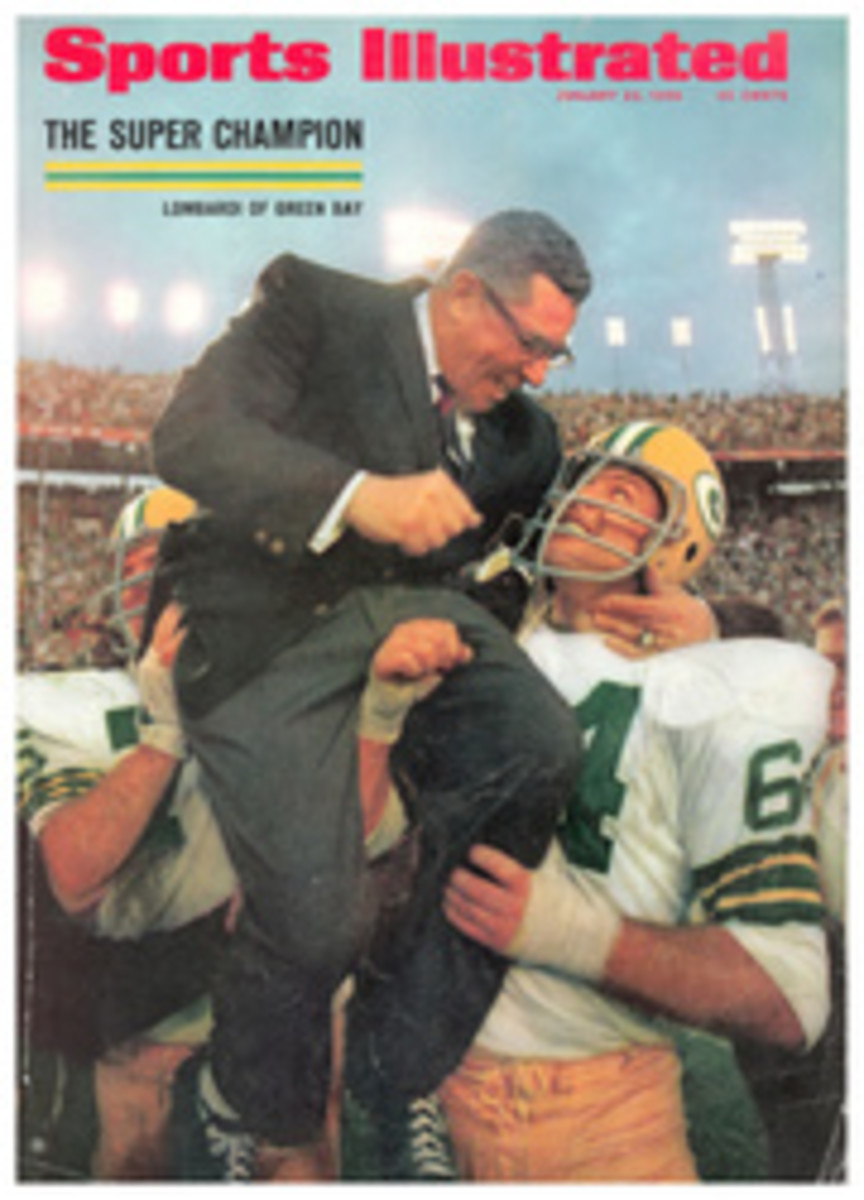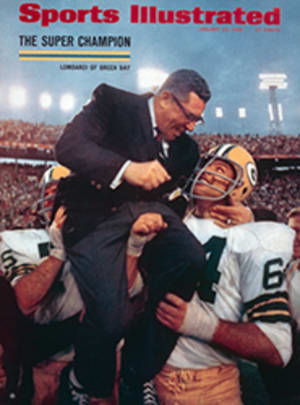
A battling Yank crashes the big time
Ten years ago Doug Roberts was a high school student in Detroit, and on Thursday and Sunday nights during the winter he rode the bus out Grand River Avenue to Olympia Stadium to be a stick boy for the Detroit Red Wings. Today Roberts is a Red Wing, and he rides in from suburban Birmingham with Gordie Howe. He rides with that hockey demigod because he skates on Howe's line—which is one of the more preposterous facts of the season. As everyone knows, Americans are incapable of playing pro hockey, a game that is Canadian property.
In the 51-year history of the National Hockey League, only a handful of American players have ever lasted for any length of time, and this year Roberts and Boston's Tommy Williams, who was born in Duluth, are outnumbered by Canadians 214 to 2. Roberts has given the odds considerable thought.
"It's a combination of things," he says. "First, there's the difference in the rules: forechecking isn't allowed in American colleges and in the Olympics. But for me a tougher problem was simply skating."
Roberts meant skating with a stick and a rubber disk, not carving the ice Dick Button style. Of the scattering of Americans in minor league hockey, none could stickhandle well enough to claim any new jobs created last year by the NHL's expansion. Frank Brimsek, Jack McCartan, Carl Wetzel and Johnny Mariucci are all U.S. citizens who played big-league hockey, but, significantly, all but Mariucci were goalies who did their skating in the 4-by-8-foot crease.
Williams of Boston was an unusually good skater for an American—but at first he suffered the other native failing, that of skating with his head down. It was Williams who helped set up the winning goal in America's dramatic 3-2 victory over the Russians in Squaw Valley in 1960. But until this year—his best ever—Williams was slowed by injuries. "I really don't think I would have been hurt as much if I had grown up playing under Canadian rules," Tommy says.
In Canada the first piece of advice given a youngster stepping on a hockey rink is: "Never skate with your head down. If you do, somebody is liable to take it off." Canadian and pro rules allow checking all over the ice, and some American players never fully recover from their first rough year of Canadian clobbering.
"You learn to bring up the wood when somebody is bearing down on you," says Roberts. "In the NHL you've got to get that stick up fast to absorb some of the shock."
Roberts himself was not always a heads-up type. "In my very first NHL game," he says, "we were playing the Rangers in Detroit and, naturally, I was pretty nervous. I was awed. Alex [Delvecchio] passed the puck to me, and I remember looking down and thinking, 'Gee, Delvecchio just passed this puck to me? Then, all of a sudden, the lights went out. I thought I had been hit by the team bus. It turned out to be Jim Neilson."
The Red Wings signed Roberts, an All-State high school halfback who later played both football and hockey at Michigan State, for his size (6'2", 215 pounds), strength and shot. There was, however, considerable doubt whether he could keep up with pro competition, so Coach Sid Abel sent him to Memphis in the minors for his first year.
Roberts scored 20 goals and 40 assists for Memphis in 1965-66, was named Rookie of the Year, and led Memphis into the playoffs—although those he missed because Detroit called him up as a standby for the Red Wings' own Stanley Cup playoffs.
"I figured then that I had a good chance to make it," he says, "but when I went to training camp the following fall I was kind of timid. I was playing with stars I had read about and watched as a stick boy, and I wasn't very anxious to hit any of them."
So it was back to Memphis, where Roberts was only so-so. By March 3 he had only 11 goals and 18 assists, but then, surprisingly, Detroit recalled him. "I had really gotten down on myself," he says. "My attitude had deteriorated, and I was even thinking about quitting. But when they called me up I was determined to give it my best shot."
Roberts was impressive at right wing, scoring three goals—one a game-winner in Toronto—in 13 games. Last September he reported to training camp confident and fit.
"I got off to a good start in the exhibitions," he says. "Then I found myself playing less and less as the veterans got into shape, and all the bad things started snowballing."
Despite the lack of ice time, Roberts had scored four goals when the Red Wings, lagging in the standings, stopped in New York in November on the last leg of a two-week, coast-to-coast road trip. Following a workout above Madison Square Garden, Abel called him aside to tell him he was to report to Fort Worth, where the Memphis franchise had been moved during the off season.
"I couldn't believe what he was saying," Roberts recalls. "I was really down, because I didn't think I had been given a chance. But as it turned out, it was probably the best thing that could have happened to me.
"Sitting around builds up pressure, which uses up a lot of your energy. You've got to relax in hockey and use your energy to skate. Just watch Howe sometime; watch how he relaxes and paces himself. Well, when I was sent down, I made up my mind to relax and get back into shape."
In his first game at Fort Worth, Roberts scored two goals and two assists, leaving little doubt that he would soon be back. Abel recalled him on Christmas Day and immediately placed him on the right side of Howe and Delvecchio. Roberts responded with four goals and three assists in the next eight games, and his size and a kind of bouncy recklessness were a bonus, relieving some of the heat on the smaller Wing forwards.
Roberts discovered to his glee that Canadians can also have their lights dimmed. On New Year's Eve in Detroit he encountered Eddie Shack, who had helped muscle the Boston Bruins to the top of the NHL standings and who was now careening around Olympia Stadium like a dervish, scattering Red Wing bodies. Shack's aggressiveness helped Boston to a 1-0 lead in the first period. In the second period, as Detroit piled up five goals, Roberts caught Shack near the boards and all but knocked him out into Hooker Street. The crowd roared its love of this un-American move, and Detroit went on to win 6-4.
"He's got the size," says Abel. "And we need it. He's always had the shot, and he's working well with Gordie, too."
At first Roberts was trying to anticipate Howe's moves—which is as difficult for a rookie as it always is for the defenders. One day during a ride out to Birmingham, Howe said, "Look, Doug, just drive for the net and don't worry. The puck will be there."
Howe has seen to that, and now Roberts, breaking in hard from right wing, has provided the Wings with some of the life they will need to make the playoffs. "Skating always will be my problem," Roberts says. "I can't pussyfoot around or try any dipsy-doodle stuff. My game is busting in hard like a locomotive and driving for the net. That's what I've got to do if I'm going to stay up here."
PHOTO
ROBERTS SITS OUT FIGHTING PENALTY

